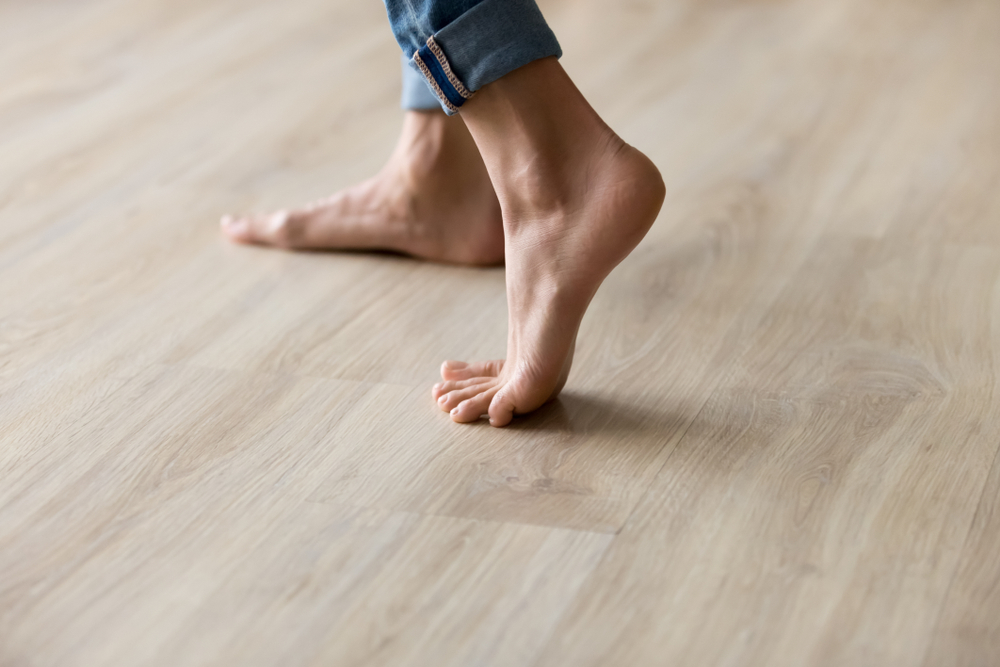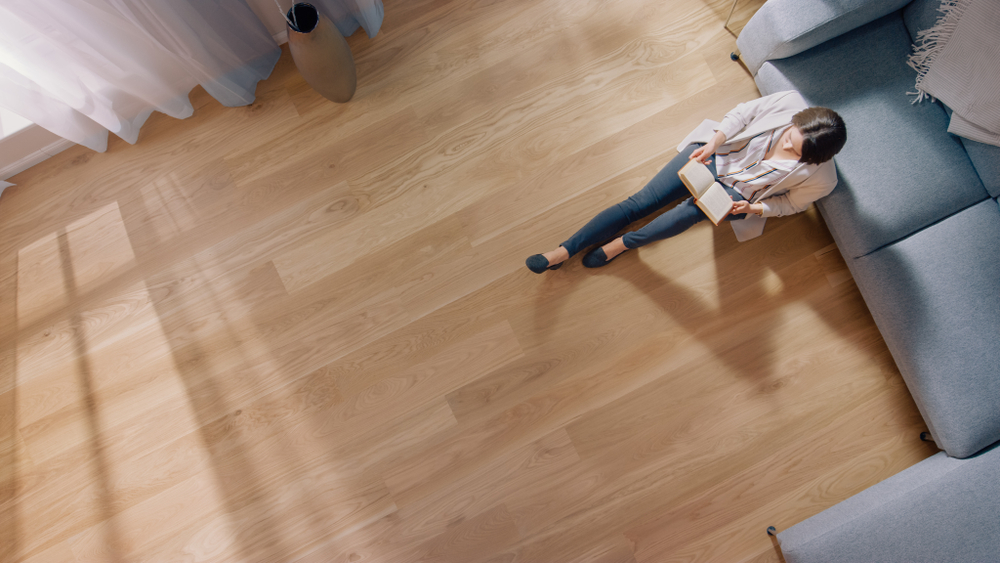Expert Shares How a Simple Home Upgrade Could Save You £150 on Your Energy Bills
A small change underfoot could make a big difference to your home’s comfort and running costs.
As energy prices remain high and homeowners look for ways to reduce household costs, one expert has revealed that making a simple upgrade to your flooring could help you save up to £150 a year on your energy bills.
According to Gordon Wallis, an energy expert at Your NRG, improving your floor insulation, particularly through the use of modern underlay, can significantly enhance your home’s energy efficiency without major renovation work.
“Most people focus on windows, roofs and boilers when it comes to saving energy, but your floors can be a major source of heat loss,” says Wallis. “Upgrading your underlay and flooring could reduce heat loss by as much as 15% and save households around £100-£150 a year, depending on the size and type of property.”
How flooring affects energy efficiency
Heat rises, but that doesn’t mean heat loss through floors isn’t an issue. Homes, especially older ones with suspended timber floors or poor-quality underlay, can lose significant warmth through the ground floor. Even properties with concrete floors can benefit from improved insulation.

“A lot of UK homes have outdated or poorly insulated floors,” explains Wallis. “Without the right materials beneath your feet, you end up paying more to keep your space warm.”
One of the most effective and accessible solutions is high-quality underlay, the padded layer that sits between your subfloor and carpet or laminate.
“Underlay acts as a thermal barrier, helping to trap heat inside during winter and keep rooms cooler in the summer,” Wallis adds. “It also improves comfort and reduces draughts from beneath floorboards.”
How to upgrade your floors to save money
According to the Energy Saving Trust, floor insulation can save a typical semi-detached home around £50-£95 a year, but with the addition of upgraded underlay and energy-conscious flooring choices, the savings can be even greater, especially in homes with larger ground-floor footprints.
“Combining modern carpets with insulating underlay can dramatically improve a room’s ability to retain heat,” says Wallis. “It’s a one-time investment that pays back year after year.”
Tips for homeowners include:
- Choosing dense, thermal-rated underlay in living rooms and bedrooms
- Sealing gaps between floorboards to reduce draughts
- Using rugs on wooden or tiled floors to add insulation during colder months
- Choosing carpet over vinyl or laminate in high-use areas for added warmth
A practical solution during a cost-of-living crisis
As energy bills are set to rise again with Ofgem announcing a 1.2% increase in the energy price cap from January 2025, amounting to £21 extra a year for the average home, small, practical solutions like this can offer much-needed relief.





